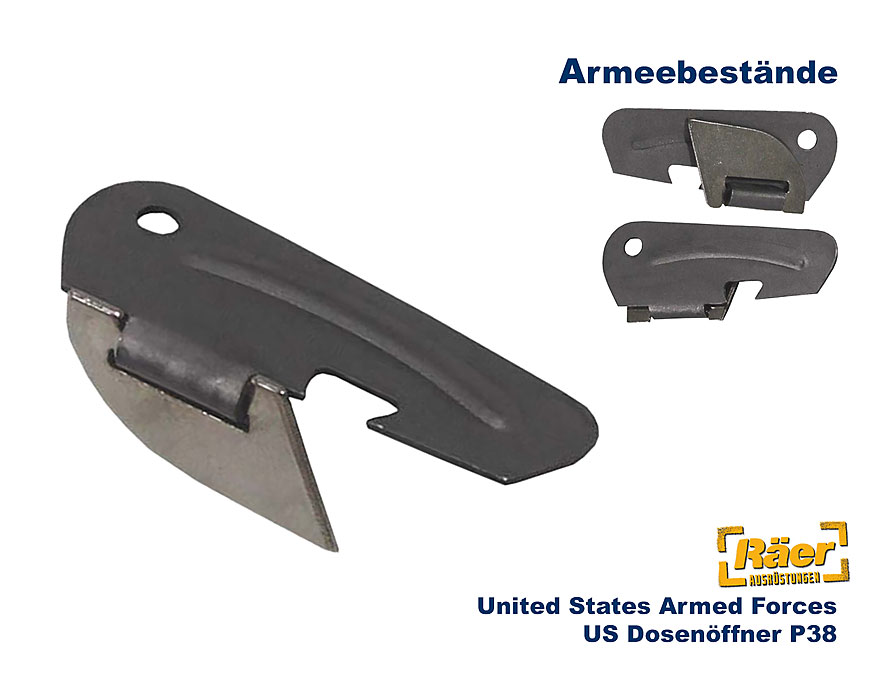Da bleibt mir nur eins: CHAPEAU!!!
Sammelthread: Gegenstände mit W^D (Britisch) aller Epochen
Einklappen
X
-
...... Angehängte Dateien
Angehängte Dateien- Brown Bess 1799 x.jpg (131,9 KB, 18x aufgerufen)
- Brown Bess 1799 x1.jpg (76,5 KB, 25x aufgerufen)
- Brown Bess 1799 x2.jpg (75,7 KB, 15x aufgerufen)
- Brown Bess 1799 x3.jpg (124,6 KB, 12x aufgerufen)
- Brown Bess 1799 x4.jpg (141,7 KB, 20x aufgerufen)
- Brown Bess 1799.jpg (149,7 KB, 17x aufgerufen)
- Royal Military College Sandhurst 1812 x.jpg (137,7 KB, 17x aufgerufen)
- Royal Military College Sandhurst 1812.jpg (137,0 KB, 16x aufgerufen)
- British Light Cavalry 1796 x.jpg (88,2 KB, 13x aufgerufen)
- British Light Cavalry 1796.jpg (132,5 KB, 11x aufgerufen)
- British Light Cavalry 1797 x.jpg (90,9 KB, 13x aufgerufen)
- British Light Cavalry 1797.jpg (97,7 KB, 12x aufgerufen)
Das Dilemma der Menschheit ist, dass die Idioten so selbstsicher und die Intelligenten so voller Zweifel sind. (Oscar Wilde)Kommentar
-
Paar ältere Sachen habe ich auch noch Angehängte DateienMitglied der Detektorengruppe SH
Angehängte DateienMitglied der Detektorengruppe SHKommentar
-
Und noch ein Fuß Artillerie SäbelAngehängte DateienMitglied der Detektorengruppe SHKommentar
-
Der "Broad Arrow" (Board's mark)
"The broad arrow was the Board's mark, used as such from the 17th century. Stamped on guns, papers, buildings and all kinds of equipment, it originally signified royal ownership. A proclamation of 1699 clarified its use on stores of war belonging to the Board of Ordnance; just over a hundred years later, in 1806, the Board directed its Storekeepers and others to mark "all descriptions of Ordnance Stores ... with the broad arrow as soon as they shall have been received as fit for His Majesty's Service".
"The Office of Ordnance was created by Henry VIII in 1544. It became the Board of Ordnance in 1597, its principal duties being to supply guns, ammunition, stores and equipment to the King's Navy.
The Office and Board used the broad arrow to signify at first objects purchased from the monarch's money and later to indicate government property since at least the 17th century. The introduction of this symbol is attributed to Sir Philip Sidney, Joint Master of the Ordnance in 1585/6, since the pheon appears in the arms of the Sidney family.
The broad arrow frequently appeared on military boxes and equipment such as canteens, bayonets and rifles, as well as the British prison uniform from the 1870s, and even earlier, that of transportees in British penal colonies such as Australia. The broad arrow marks were also used by Commonwealth countries on their ordnance.
With the demise of the Board in 1855, the War Department and today's Ministry of Defence continued to use the mark.
Similarly to hallmarks, it is currently a criminal offence in the United Kingdom to reproduce the broad arrow without authority. Section 4 of the Public Stores Act 1875 makes it illegal to use the "broad arrow" on any goods without permission.
Quelle:
Board of Ordnance (Britain). Mike Comerford (August 2003). "Ordnance Insignia of the British Army: History & Arms of the Board of Ordnance (Ordnance Board)".
Bin grade zu faul zum dolmetschen

Noch zu unterscheiden in B ^ O = Board of Ordnance acceptance mark (-1855)
Und W ^ D = War Department acceptance mark (1855-).
Unterschiede finden sich aber noch im "Broad Arrow" selbst.....einmal dicke geschwungene Linien = "London proof area"
Und feine scharf gezeichnete Linien = "Birmingham proof area"
Gruss
ZardozAngehängte DateienDas Dilemma der Menschheit ist, dass die Idioten so selbstsicher und die Intelligenten so voller Zweifel sind. (Oscar Wilde)Kommentar
-
Tolle Info!!
Hätte nie gedacht das sich ausser mir noch wer für so etwas interessiert.
Auch schön zu sehen das so teils unscheinbare Sachen noch existieren und sich manch Sammler dazu auch noch geschichtlich informiert und interessiert.Quidquid agis prudenter agas et respice finem
Kommentar
-
Öschi, Du hast doch mal diese Dinger hier gesucht, oder:
 Praktisches Werkzeug, das fast keinen Platzbedarf hat. Das Öffnermesser ist zum Klappen. Die amerikanische Variante P38 ist Vorbild für eine Reihe ähnlicher Dosenöffner. Länge ca: - 4,5 cm Material: - Stahl
Praktisches Werkzeug, das fast keinen Platzbedarf hat. Das Öffnermesser ist zum Klappen. Die amerikanische Variante P38 ist Vorbild für eine Reihe ähnlicher Dosenöffner. Länge ca: - 4,5 cm Material: - Stahl
Keine Ahnung, ob die jetzt auch "W^D" sind...Willen braucht man. Und Zigaretten!Kommentar
-
Die P38 (ab 1942) und die etwas grössere Version P51("US ARMY POCKET CAN OPENER" / "OPENER, CAN, HAND, FOLDING, TYPE I",wurden vom US Militär bis in die 1980er für die K und C-Rationen genutzt.
Nach einführung der "MRE" Rationen, wurde der P38 nicht mehr militärisch genutzt.Der P51 wird weiterhin für die "Tray Rations" mitgeliefert.
Die "Opener" wurden von der J.W. Speaker Corporation (Markierung "US Speaker") und der Washburn Corporation (Markierung "US Androck") gefertigt.
Ähnliche "Opener",aber mit kleinem Löffel am Ende, wurden von der Australian Defence Force wie auch der New Zealand Army,für ihre "Field Ration Eating Device" genannt FRED ( "Fucking Ridiculous Eating Device") ausgegeben.
ausgegeben.
Das "Design" der Britischen "Opener" ist ähnlich dem P38/51, aber nicht Baugleich.
Enthalten in den British Army "Operational Ration Pack, General Purpose" 24-hour ration pack und "Compo" Composite (14 man) Ration Pack.
Produziert von "W.P. Warren Engineering Co. Ltd, Birmingham.
Die Schwedische Armee (für die "Golden Cans"),die Polnische Armee,die Israelis und die Slovenische Armee,haben auch fast baugleiche Öffner im Programm.
Der bei RÄER angebotene ist definitiv ein Slovenisches Modell
Gruss
ZardozDas Dilemma der Menschheit ist, dass die Idioten so selbstsicher und die Intelligenten so voller Zweifel sind. (Oscar Wilde)Kommentar
-
Kommentar
-
Zwei Sachen mit dem Pfeil habe ich nochbei mir gefunden Mitglied der Detektorengruppe SH
Mitglied der Detektorengruppe SHKommentar
-
Habe gerade gesehen.....das Bild mit dem Taschenmesser,ist benannt "Marinemesser" ?!
Ist aber ein "British Army Folding Knife".....das "Royal Navy seaman’s folding knife" hat Metallgriffschalen
Gruss
Zardoz
Bild zum Vergleich Army-Navy
Oder auf dieser HP das 12e von oben....
Angehängte DateienDas Dilemma der Menschheit ist, dass die Idioten so selbstsicher und die Intelligenten so voller Zweifel sind. (Oscar Wilde)Kommentar






Kommentar